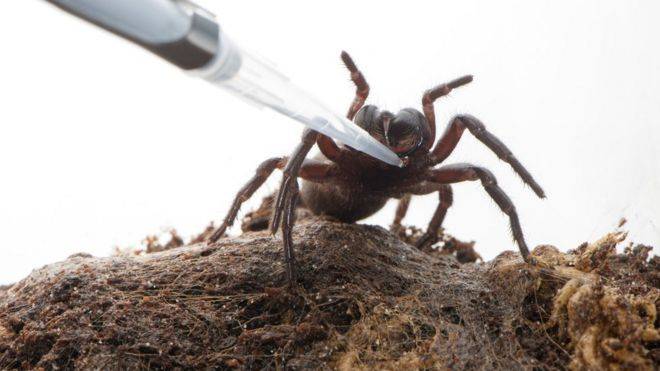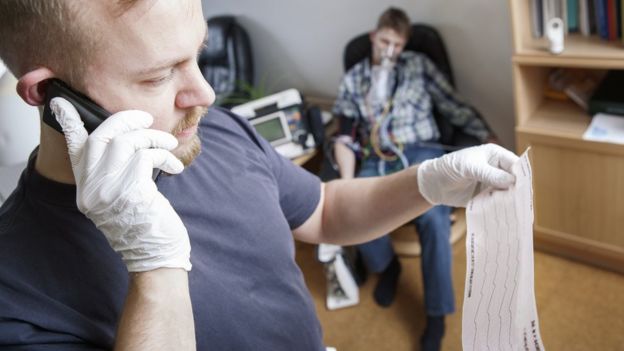Truthmatters
Diamond Member
- May 10, 2007
- 80,182
- 2,272
- 1,283
- Banned
- #1
INFORMATION EVERYONE SHOULD KNOW........................
Blood Clots/Stroke - They Now Have a Fourth Indicator, the Tongue
I will continue to forward this every time it comes around!
STROKE: Remember the 1st Three Letters.... S.T.R.
My nurse friend sent this and encouraged me to post it and spread the word.
I agree.
If everyone can remember something this simple, we could save some folks.
Seriously..
Please read:
It only takes a minute to read this...
A neurologist says that if he can get to a stroke victim within 3 hours he can totally reverse the effects of a stroke... totally. He said the trick was getting a stroke recognized, diagnosed, and then getting the patient medically cared for within 3 hours, which is tough.
RECOGNIZING A STROKE
Thank God for the sense to remember the '3' steps, STR . Read and Learn!
Sometimes symptoms of a stroke are difficult to identify. Unfortunately, the lack of awareness spells disaster. The stroke victim may suffer severe brain damage when people nearby fail to recognize the symptoms of a stroke.
Now doctors say a bystander can recognize a stroke by asking three simple questions:
S * Ask the individual to SMILE.
T * Ask the person to TALK and SPEAK A SIMPLE SENTENCE (Coherently)
(I.e. It is sunny out today)
R * Ask him or her to RAISE BOTH ARMS.
If he or she has trouble with ANY ONE of these tasks, call emergency number immediately and describe the symptoms to the dispatcher.
New Sign of a Stroke -------- Stick out Your Tongue
NOTE: Another 'sign' of a stroke is this: Ask the person to 'stick' out his tongue.. If the tongue is 'crooked', if it goes to one side or the other , that is also an indication of a stroke.
A cardiologist says if everyone who gets this e-mail sends it to 10 people; you can bet that at least one life will be saved.
A friend hooked me up with this information and I wanted to help paoo it on
Blood Clots/Stroke - They Now Have a Fourth Indicator, the Tongue
I will continue to forward this every time it comes around!
STROKE: Remember the 1st Three Letters.... S.T.R.
My nurse friend sent this and encouraged me to post it and spread the word.
I agree.
If everyone can remember something this simple, we could save some folks.
Seriously..
Please read:
It only takes a minute to read this...
A neurologist says that if he can get to a stroke victim within 3 hours he can totally reverse the effects of a stroke... totally. He said the trick was getting a stroke recognized, diagnosed, and then getting the patient medically cared for within 3 hours, which is tough.
RECOGNIZING A STROKE
Thank God for the sense to remember the '3' steps, STR . Read and Learn!
Sometimes symptoms of a stroke are difficult to identify. Unfortunately, the lack of awareness spells disaster. The stroke victim may suffer severe brain damage when people nearby fail to recognize the symptoms of a stroke.
Now doctors say a bystander can recognize a stroke by asking three simple questions:
S * Ask the individual to SMILE.
T * Ask the person to TALK and SPEAK A SIMPLE SENTENCE (Coherently)
(I.e. It is sunny out today)
R * Ask him or her to RAISE BOTH ARMS.
If he or she has trouble with ANY ONE of these tasks, call emergency number immediately and describe the symptoms to the dispatcher.
New Sign of a Stroke -------- Stick out Your Tongue
NOTE: Another 'sign' of a stroke is this: Ask the person to 'stick' out his tongue.. If the tongue is 'crooked', if it goes to one side or the other , that is also an indication of a stroke.
A cardiologist says if everyone who gets this e-mail sends it to 10 people; you can bet that at least one life will be saved.
A friend hooked me up with this information and I wanted to help paoo it on




